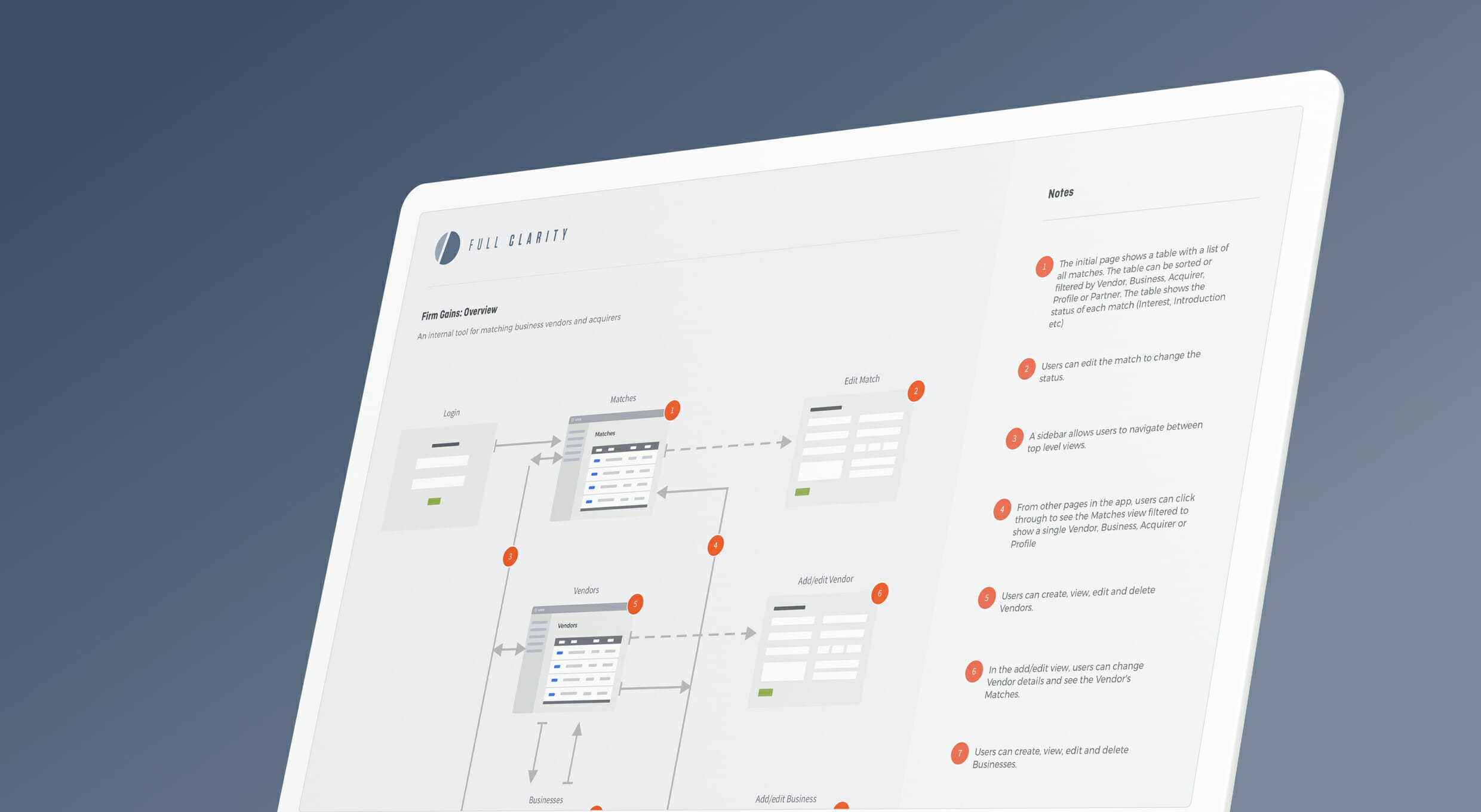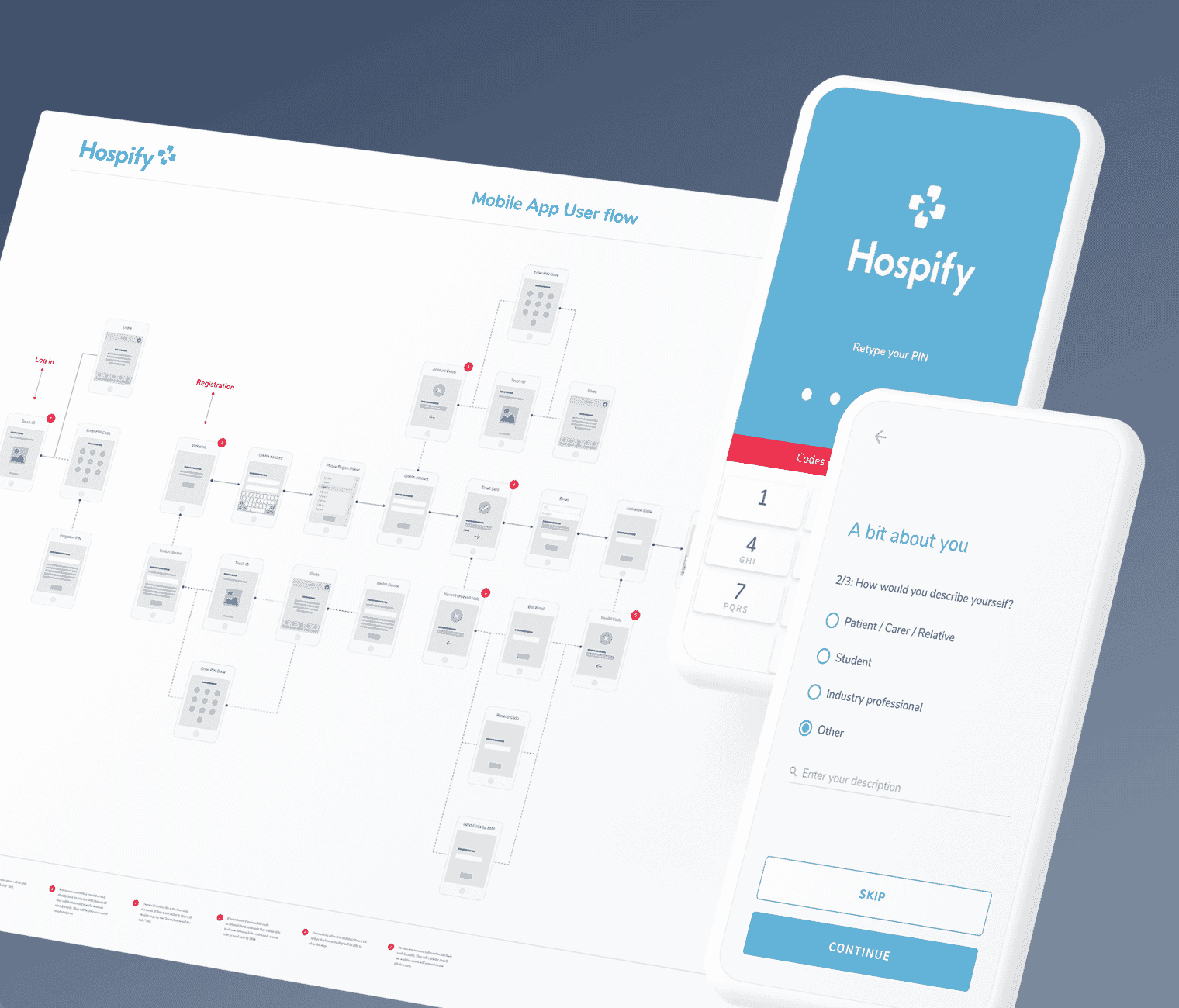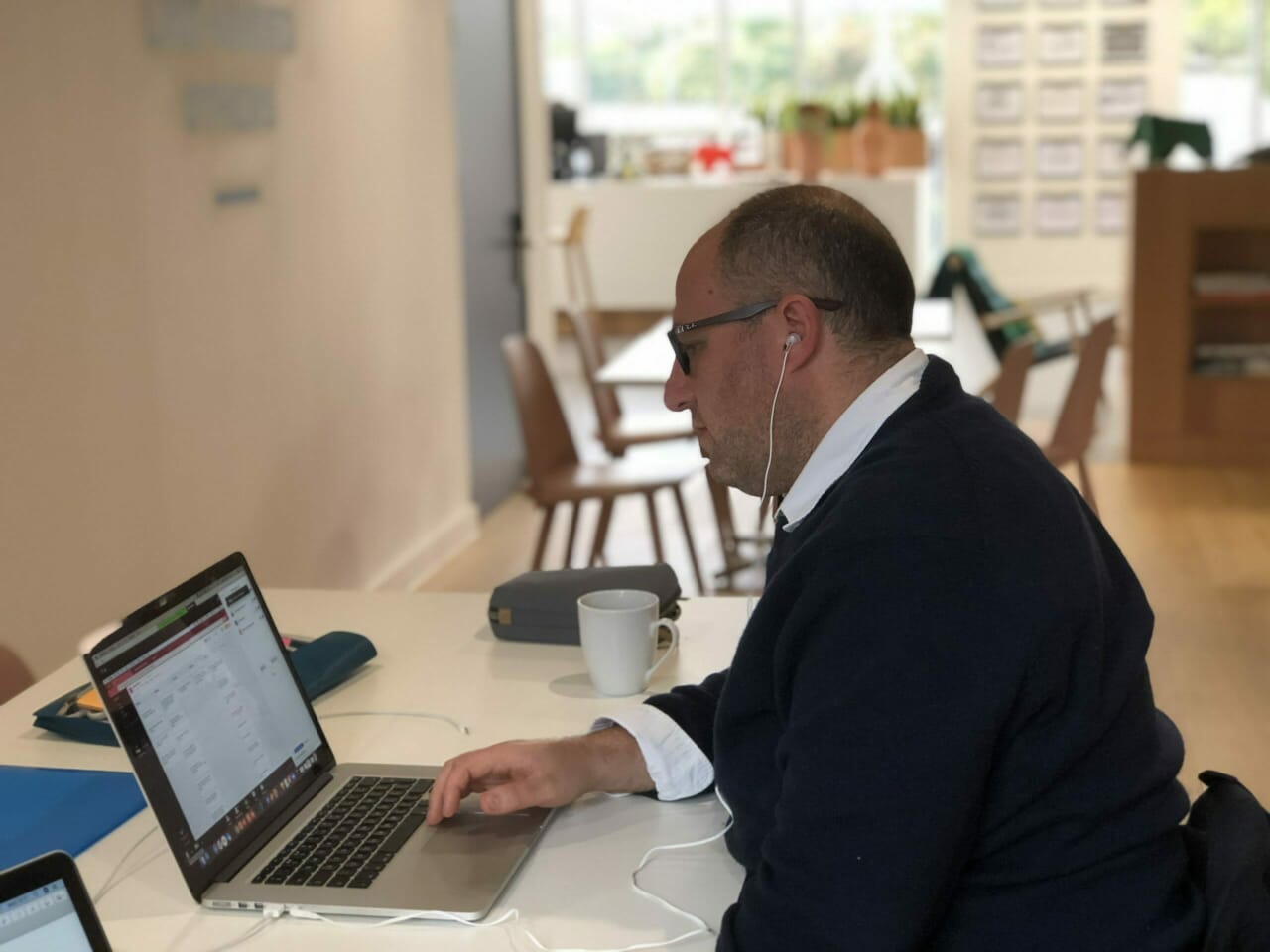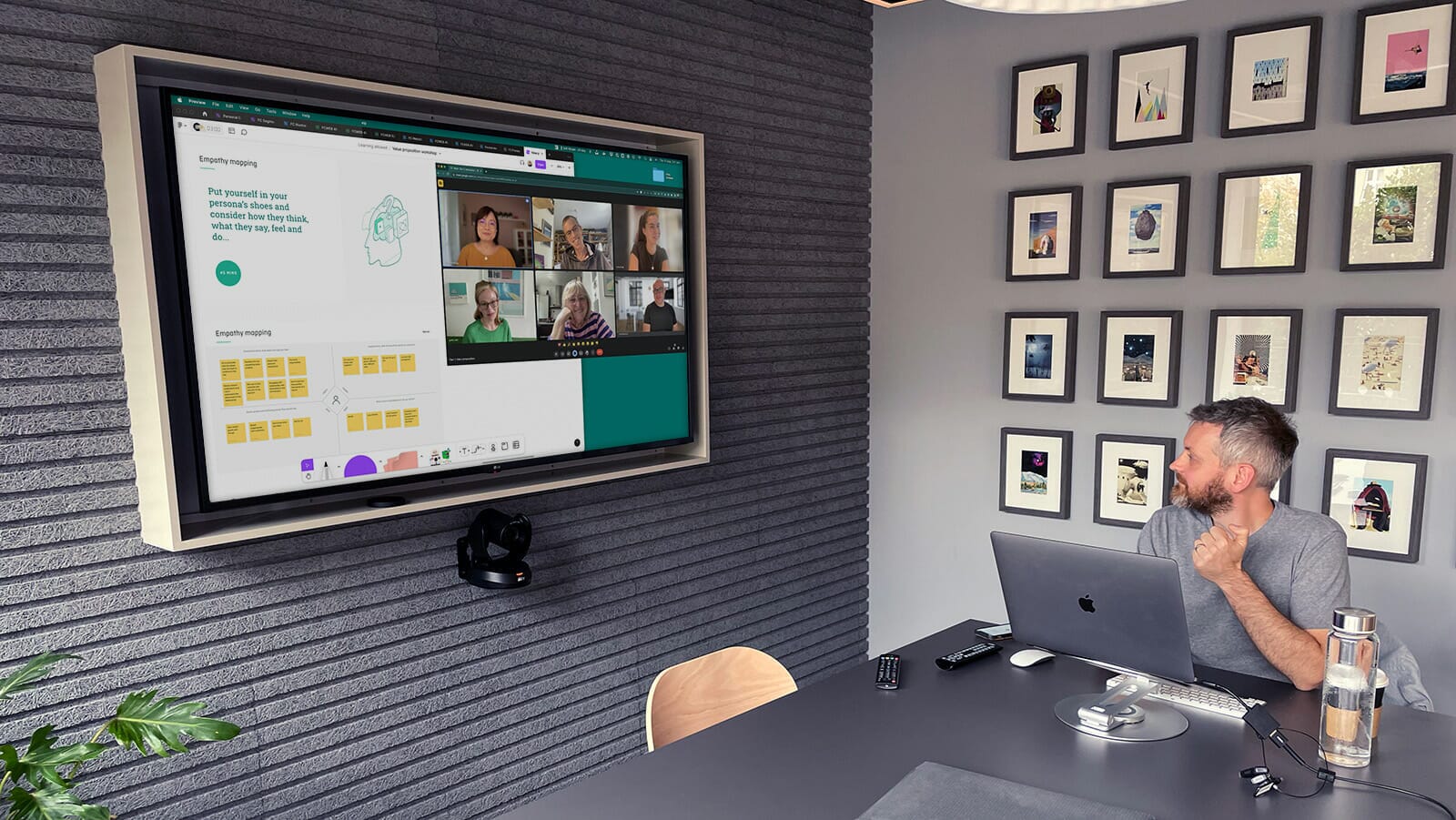Planning how the user will navigate
Every user flow is different depending on the context of the project; however, they are usually structured between an entry point like onboarding screen and an exit point whereby the goal has been achieved.
Within this structure, there is a series of actions as well as decisions points whereby the user’s goals may vary. User flows help understand all the possible routes which the user may take to arrive at their end goal, as well as recognise that all users might not perform tasks the same and may navigate through the interface in different ways. A visual representation of the flow ensures all possibilities have been fully thoroughly considered from a user, business and technical perspective.
Each card within a user flow will typically include the name of the screen, a mini-wireframe showing the type of screen the user will see, a description of what will be on each screen, and any associated imagery attached.








